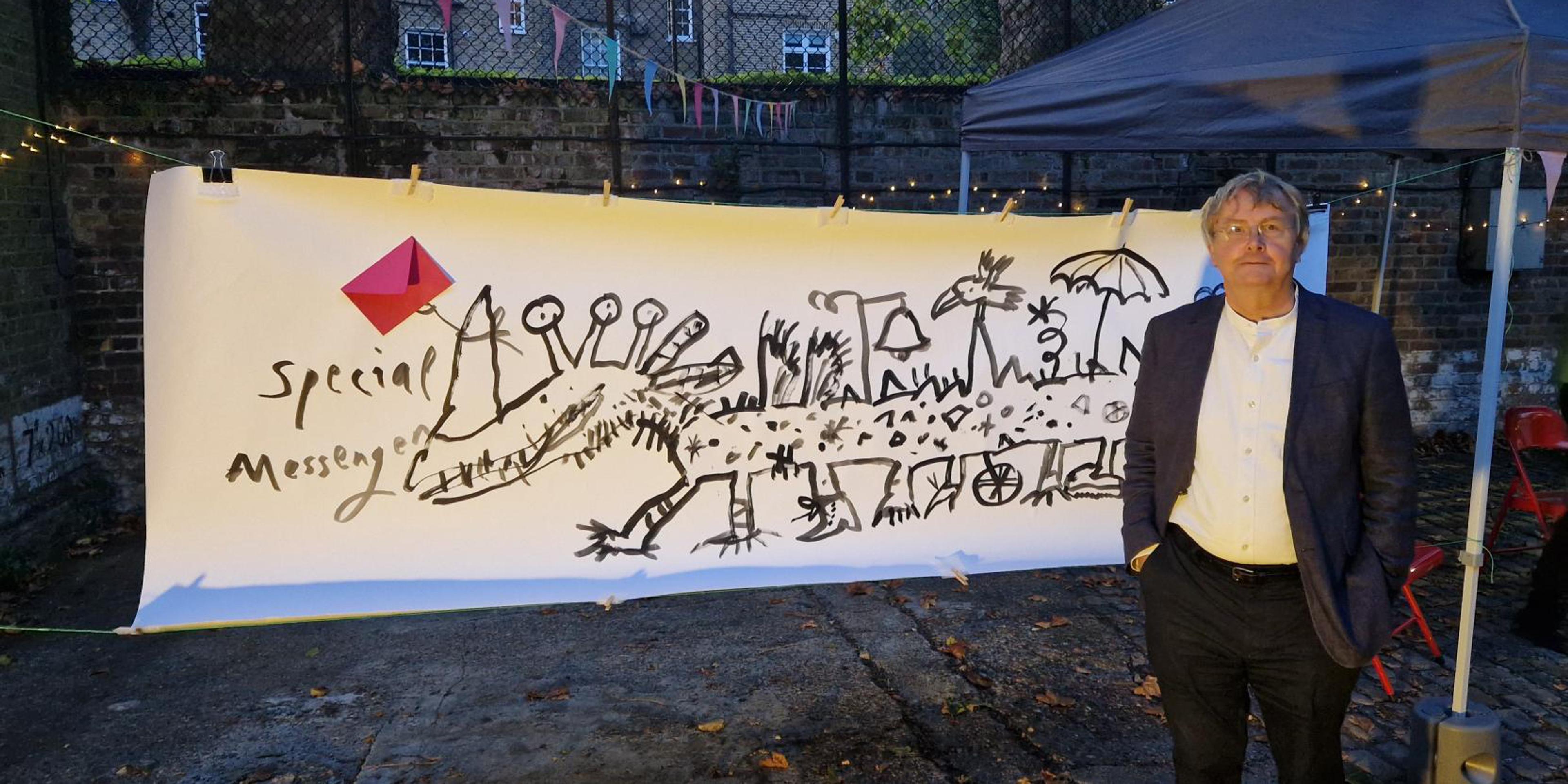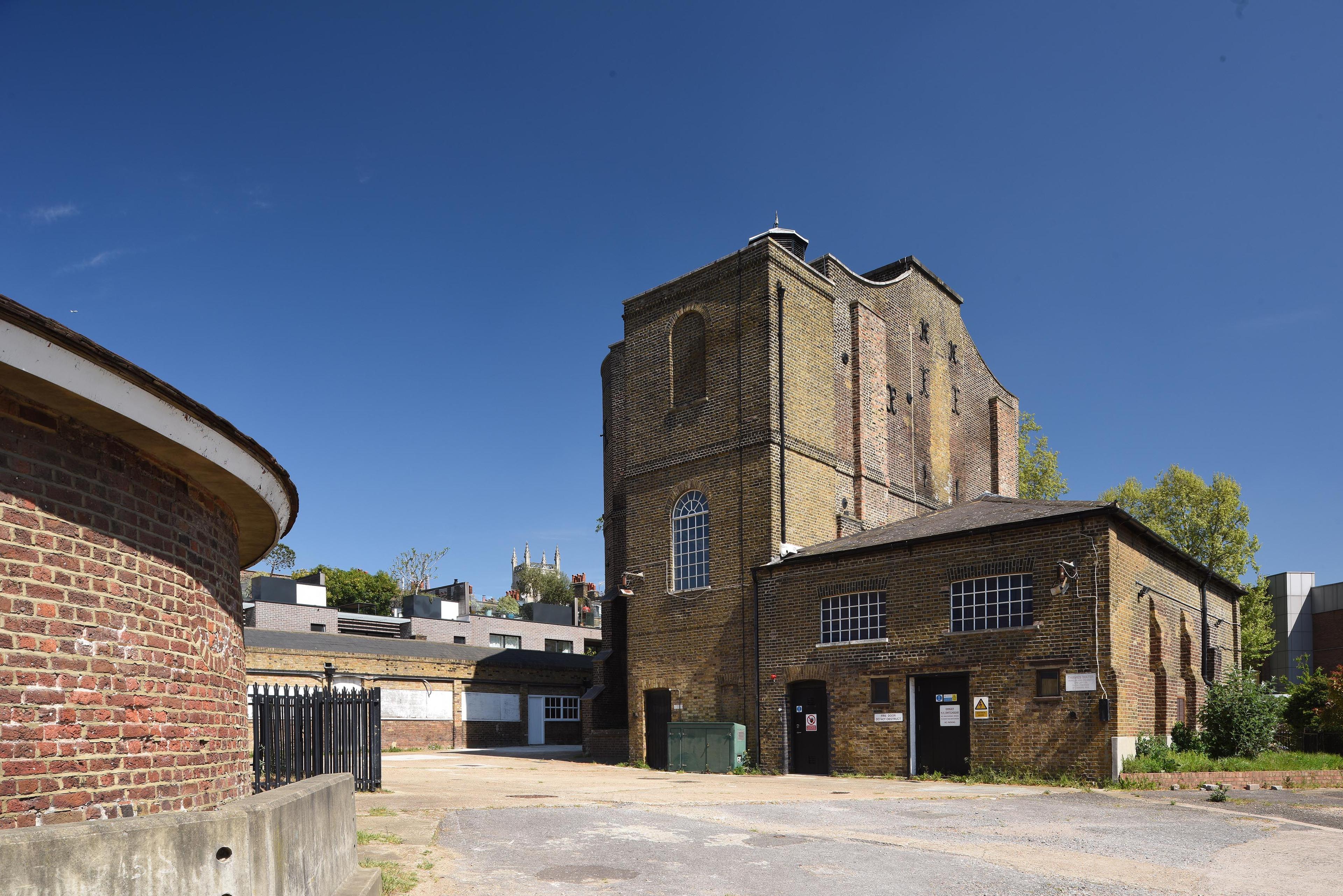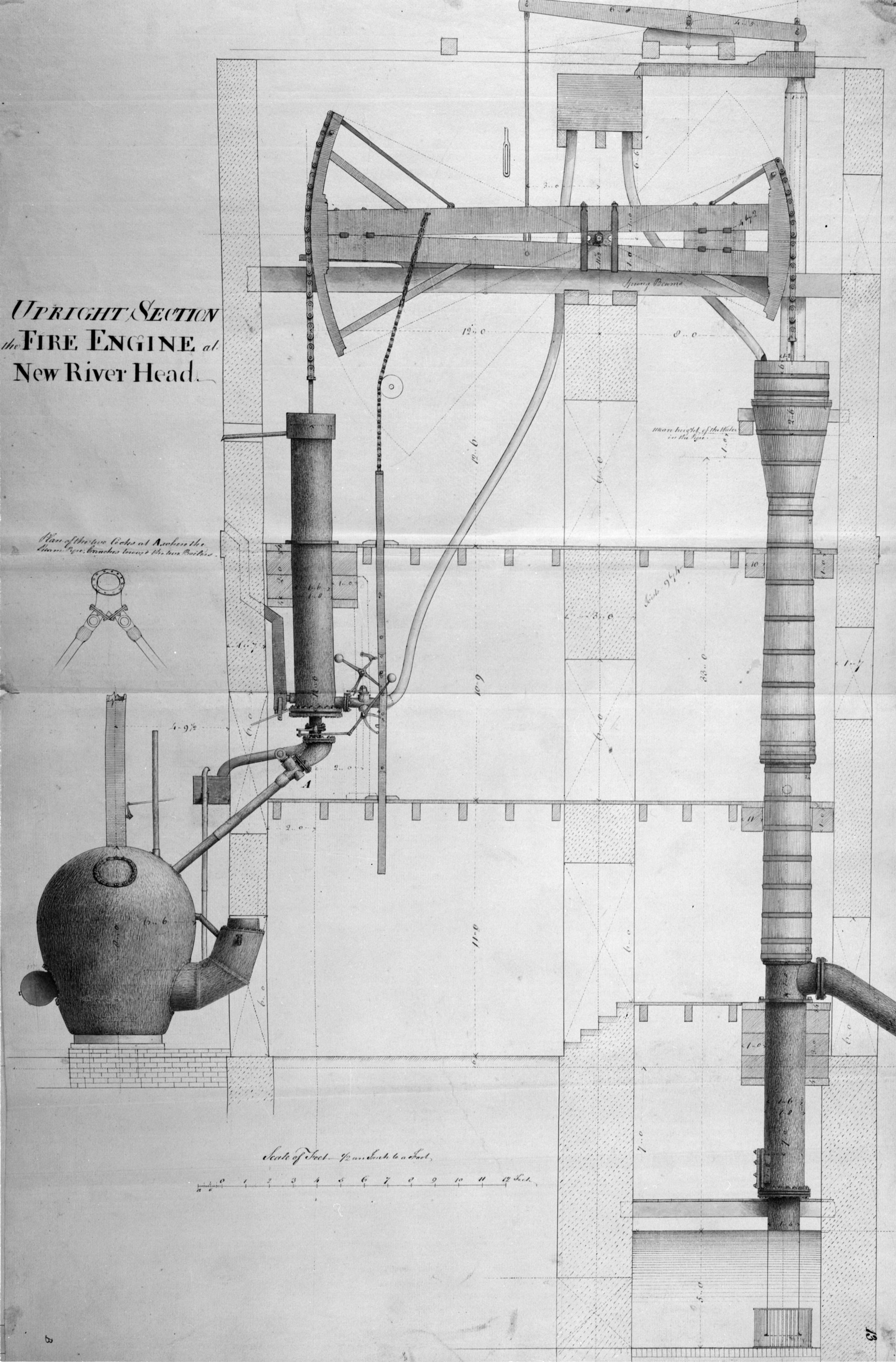Meet the Architect
by Tim Ronalds, Tim Ronalds Architects
As work begins on the new Quentin Blake Centre for Illustration, we speak to architect Tim Ronalds about the remarkable story of New River Head and the task of repurposing the historic buildings.

Tim, can you give us an introduction to Tim Ronalds Architects?
I founded the practice in 1982 and it has grown steadily since then, there are now fourteen of us and we’ve recently become an employee-owned trust. Most of our work is on arts, education and community projects. We thrive on the sense of excitement and shared endeavour.
How did you find out about the project and what made you want to become involved?
I’ve lived in Lloyd Square, across the road from New River Head, for over forty-years. We saw the Engine House only at a mysterious distance – you couldn’t go through the gates. My kids called it “the giant’s house”.
My neighbour Paul Thornton was part of a group who had been defending New River Head from redevelopment and seeking public use of the site and buildings. He told me that House of Illustration [the charity that has become Quentin Blake Centre for Illustration] were considering it as a new home and said “this is a project that would suit you”. I’d seen some very memorable and varied exhibitions at their Kings Cross gallery and so, when the architectural competition was announced, we entered and won (against some stiff competition).

Old buildings work well for creative arts because they bring unexpected things to the mix. At New River Head this is extreme and wonderful: an unusual set of different buildings on multiple levels, set on a backland site. The history of New River Head is fascinating. It began with a project to dig a 40 mile, four-foot-wide new river to bring water to London, with events like the beheading of the King interrupting the works!
How have you approached the task of opening up these historic buildings as an arts centre?
The stories and emotion that are locked within old buildings can be easily erased. Some conversions look old on the outside but are entirely new inside, or have been done up so much that you can’t be sure if they are old or new. At New River Head, as with our redevelopments of Wilton’s Music Hall and Hackney Empire, we want to retain the sense of history.

The site is still a hub for water distribution in London, with live, high pressure water mains running under and even through the buildings. That means we can’t dig down or add new buildings easily. Instead, our architectural scheme keeps the distinctive walls and roofs intact, while connecting the spaces together and making them usable and safe.
One of the most important elements has been to establish the right environmental conditions for works on paper, with very precise temperature and humidity control. We’re creating a separate layer in the base of the buildings and adding insulation to protect the artworks. There’s some sophisticated air conditioning, using an air source heat pump to keep carbon emissions close to zero.
Tell us something about illustration
Drawing and illustration is an essential part of architecture. Early sketches embody the essential idea of a design that is then nurtured and developed. Framed on the wall of our office is a drawing by engineer John Smeaton of the first Engine House at New River Head. It is wonderfully precise and beautifully water coloured. Underneath hangs my own sketch showing how we could dig out the brickwork from the shaft [which was filled in the 1800s.]

What Quentin Blake does is a world apart from technical drawing. He makes leaps of imagination and invents characters. You watch the emotion flow out of the end of his pencil.
It’s my hope that the Quentin Blake Centre for Illustration will show to people here the art of illustration in all its varied fields from around the world.
Find you how you can make your mark on the Quentin Blake Centre for Illustration here.